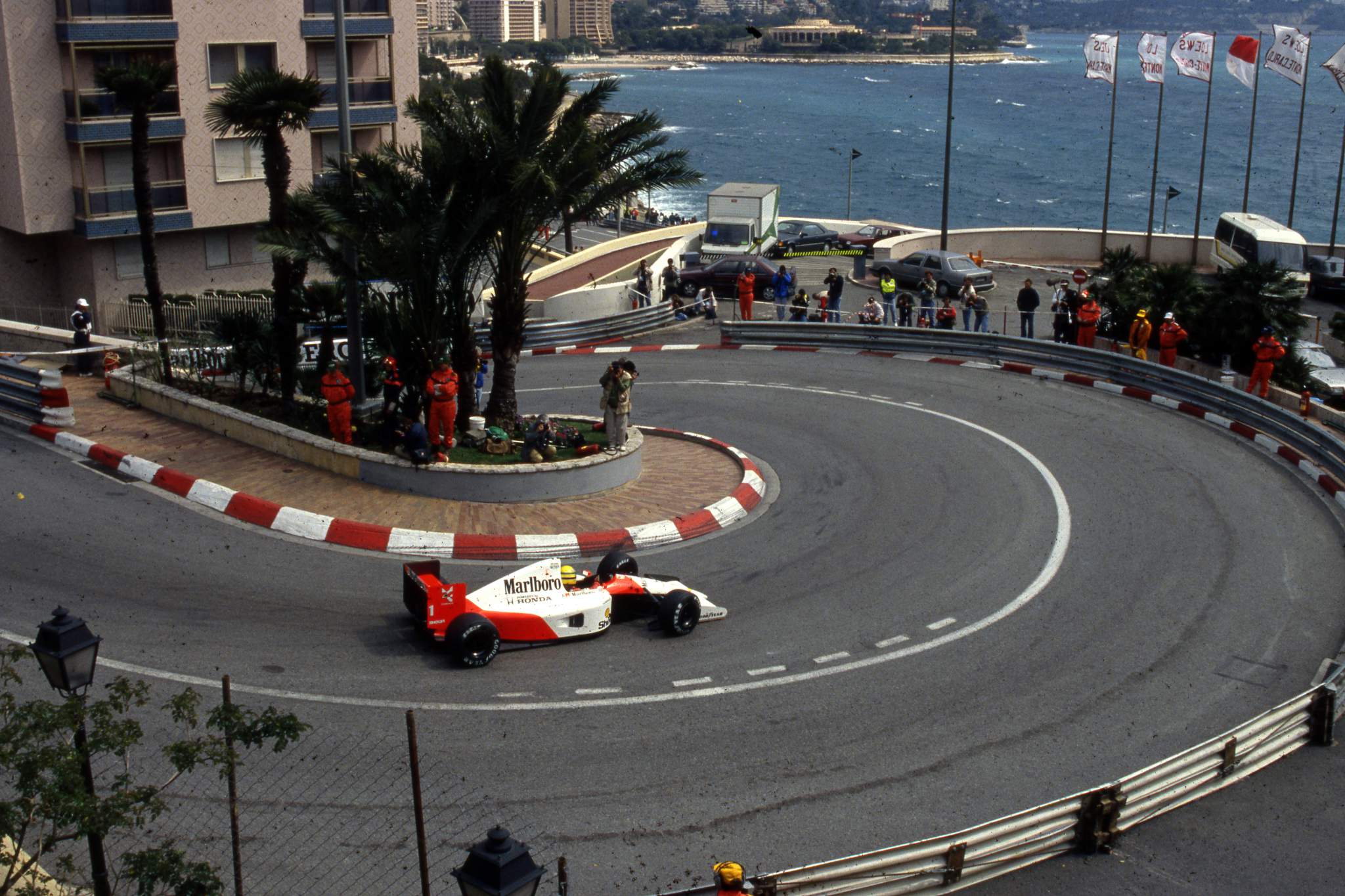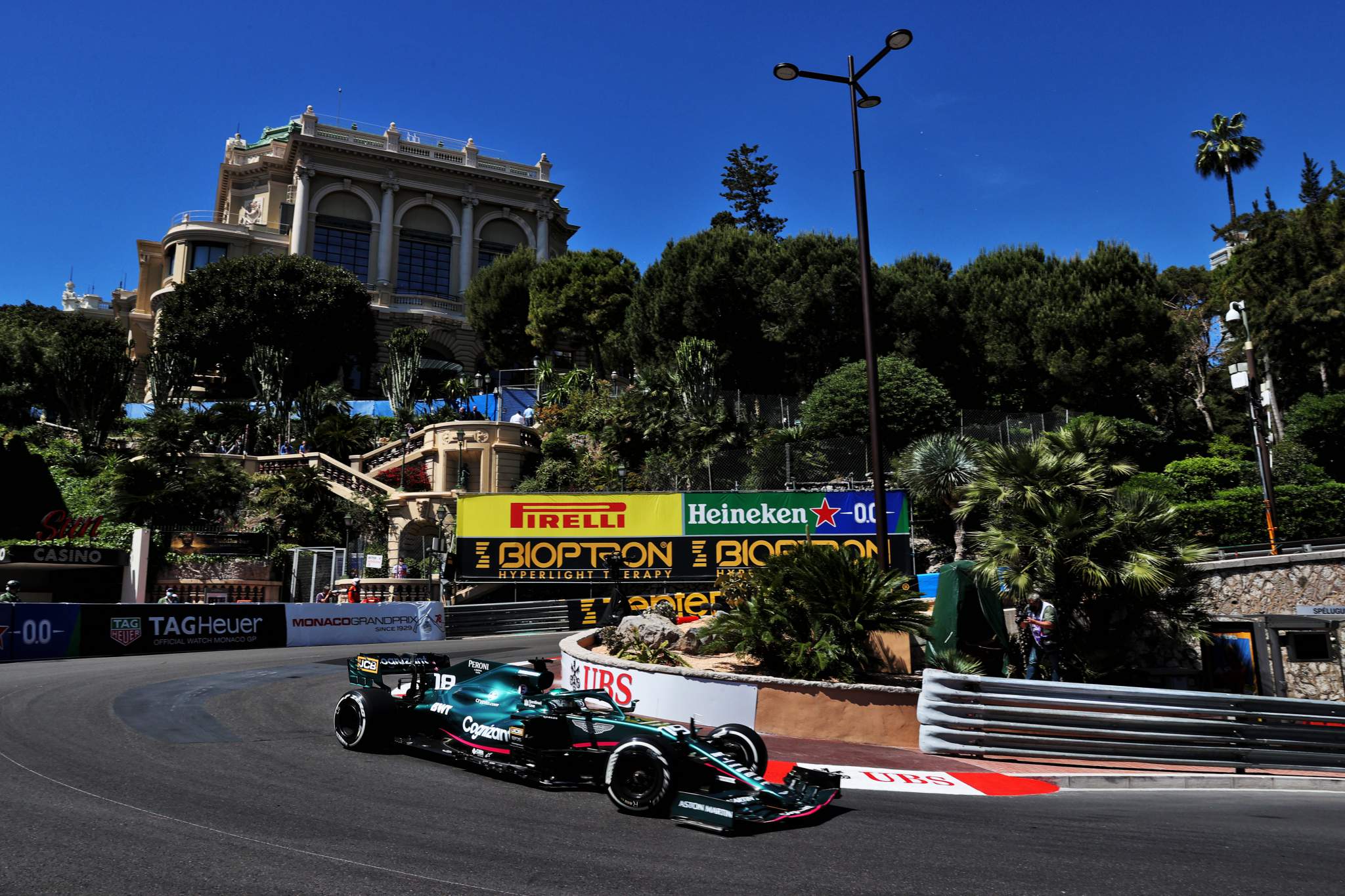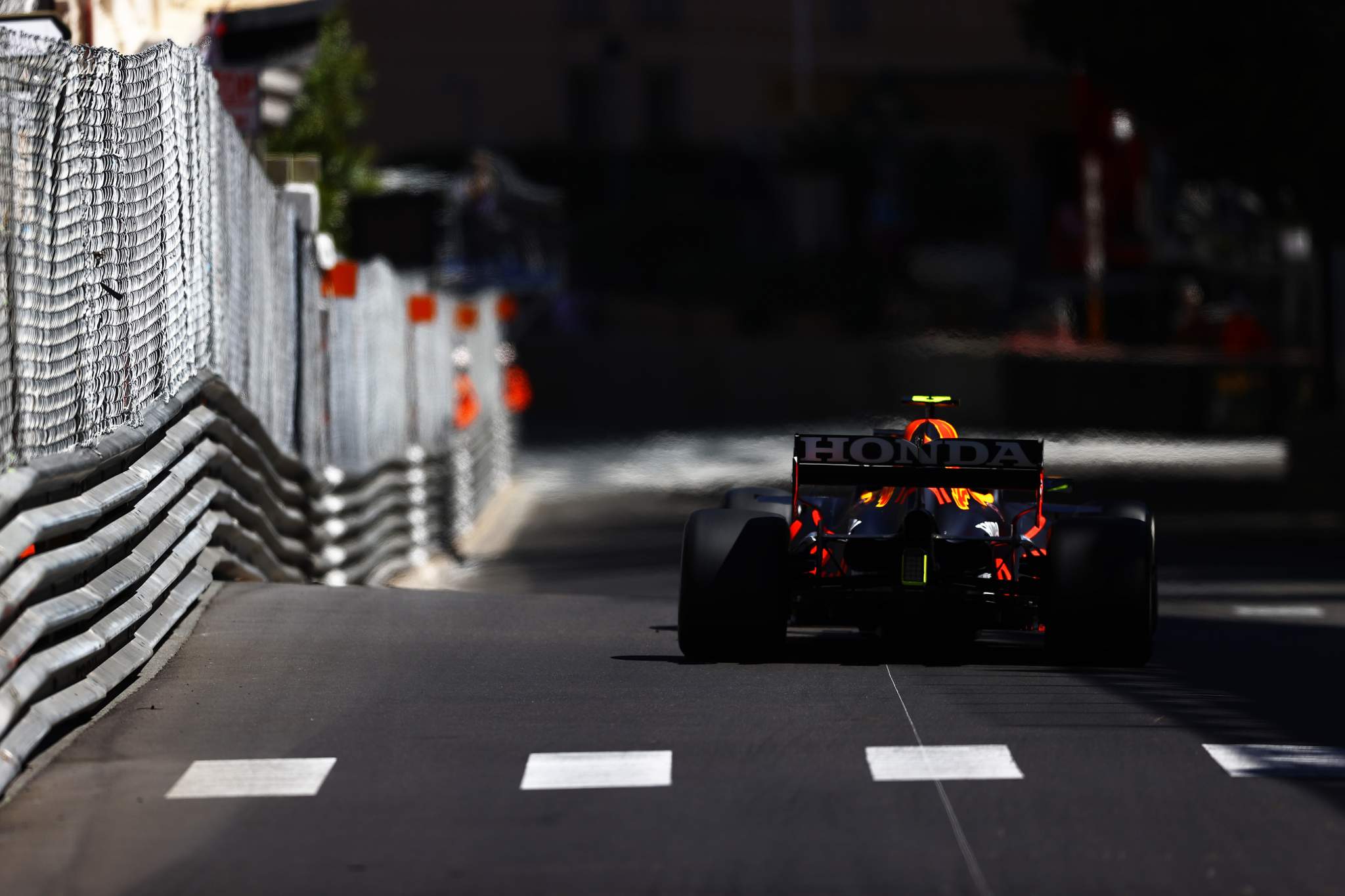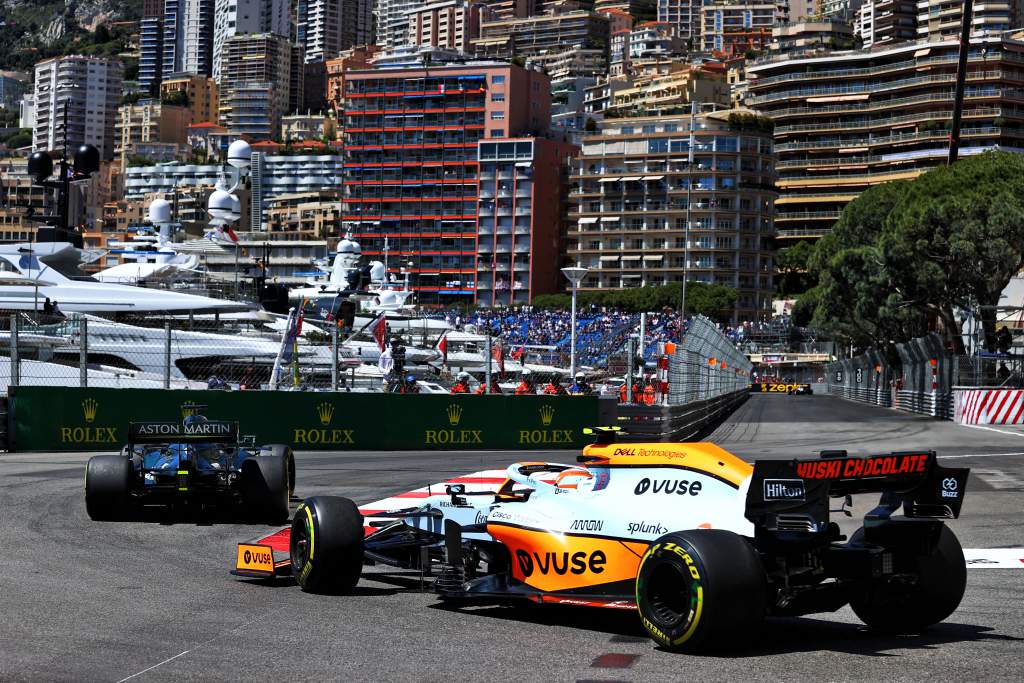Up Next

It was unusual to see Charles Leclerc’s opening practice session in Monaco come to an end with a gearbox problem on his Ferrari after just four laps, but Monaco has always brought gearbox problems that teams have not experienced before.
This has been true from the days of normal hand-operated gear changes to today’s seamless shifts. Nothing has changed when it comes to the Monaco reliability challenge, and if anything it has actually got worse despite the durability of today’s gearboxes and the technology involved.
In the old days of the mechanical shift, you could actually miss out a few gears here and there – so, in reality, have fewer gear changes per lap. This was something that Ayrton Senna was the maestro of, around Monaco he didn’t like the downchanges to interfere with the braking.

With today’s systems, you have to go up and down through all the gears and because of the minimal torque reduction gear-change, you could count how long a gear change takes in milliseconds on one hand.
Synchronising the gear changes to achieve this is critical to the durability of the gearbox, we often hear the engineer telling the driver to do a gear sync.
These gearboxes go into the next gear before coming out of the previous gear, then a small torque reduction is applied to allow the system to come out of the previous gear and when that has happened it then applies full torque again. That reintroduction of torque will be ramped in to allow the driveline to take up the torque without putting an oscillation through it.

Synchronising the change is just slowing that torque reduction and re-instigation down a bit to allow the gearbox to learn where the actual gear positions are before speeding everything up to its maximum speed.
But if you get maximum torque without the shift being fully completed, you can very quickly end up with a box of broken parts.
I wouldn’t be surprised if this is what happened to Leclerc as it happened very early in the session when he was on his first run, so before the data engineers would have been able to confirm that everything was working as planned.

Monaco produces far more potential problems than other circuits. It’s a bit like the last chicane at Barcelona where the driver bounces over the kerbs, but in Monaco it is over the whole lap.
Every time the car lands from a kerb or after going over track modulations, it puts a snatch load through the gearbox and driveline. A snatch load is when the wheel is free to rotate, and then when it lands it generates a peak load in a very short amount of time.
If at that time the driveline is not loaded up, it then puts an oscillation through the drive system as it absorbs that peak load then releases it and then absorbs it again.
If this happens in conjunction with a gear change then anything can happen.




